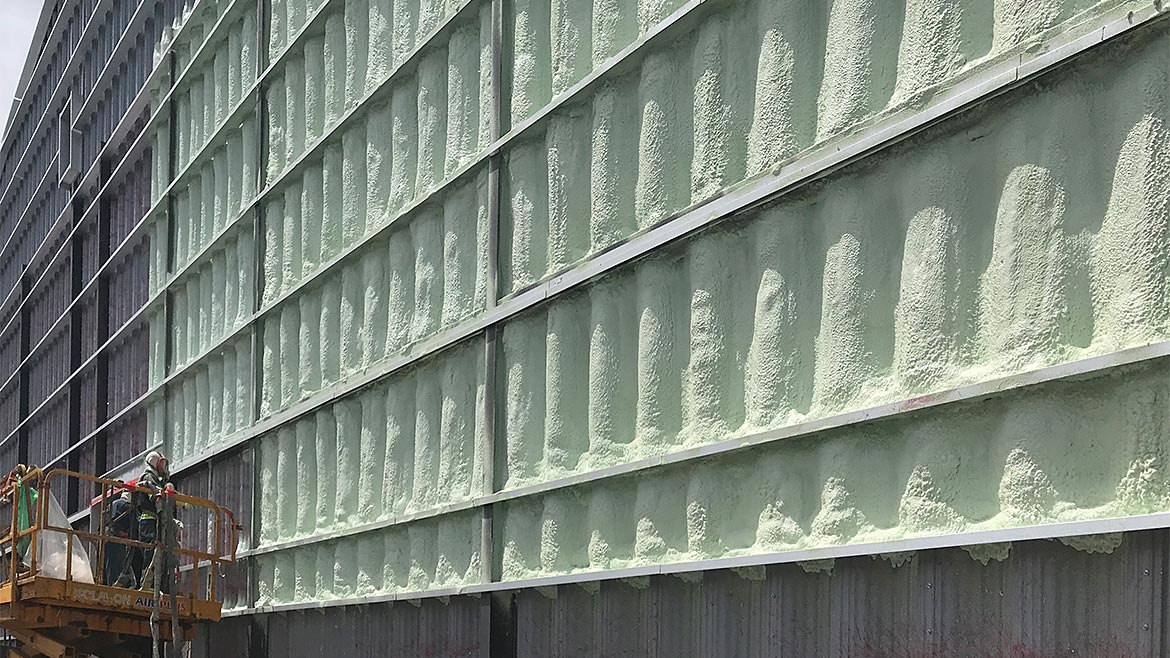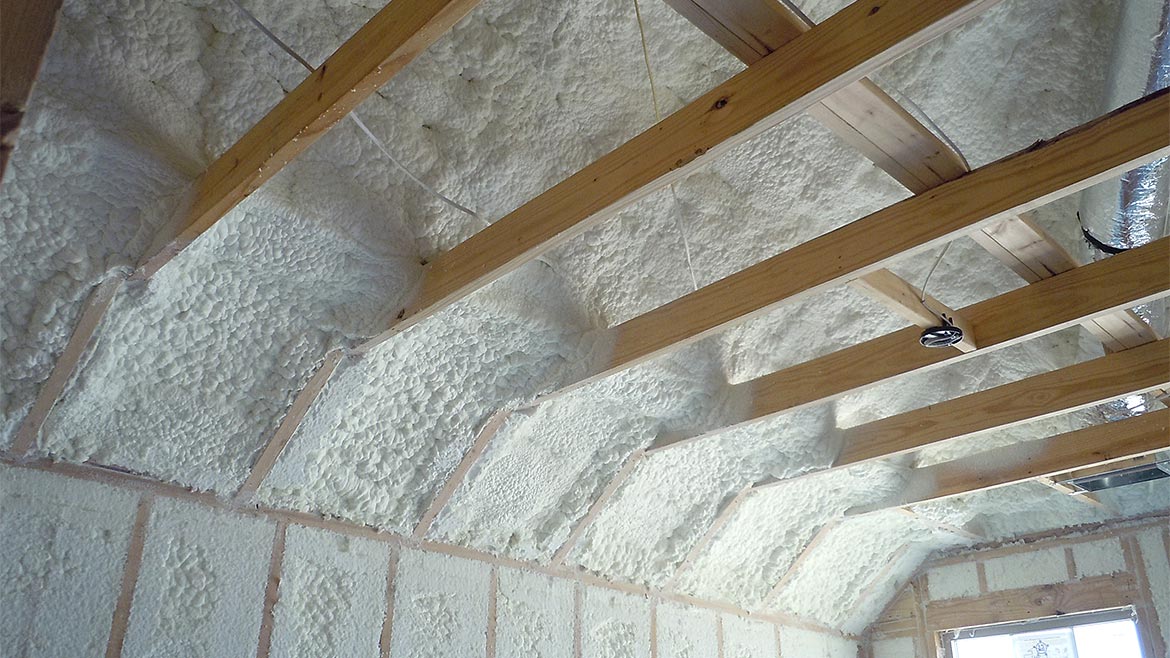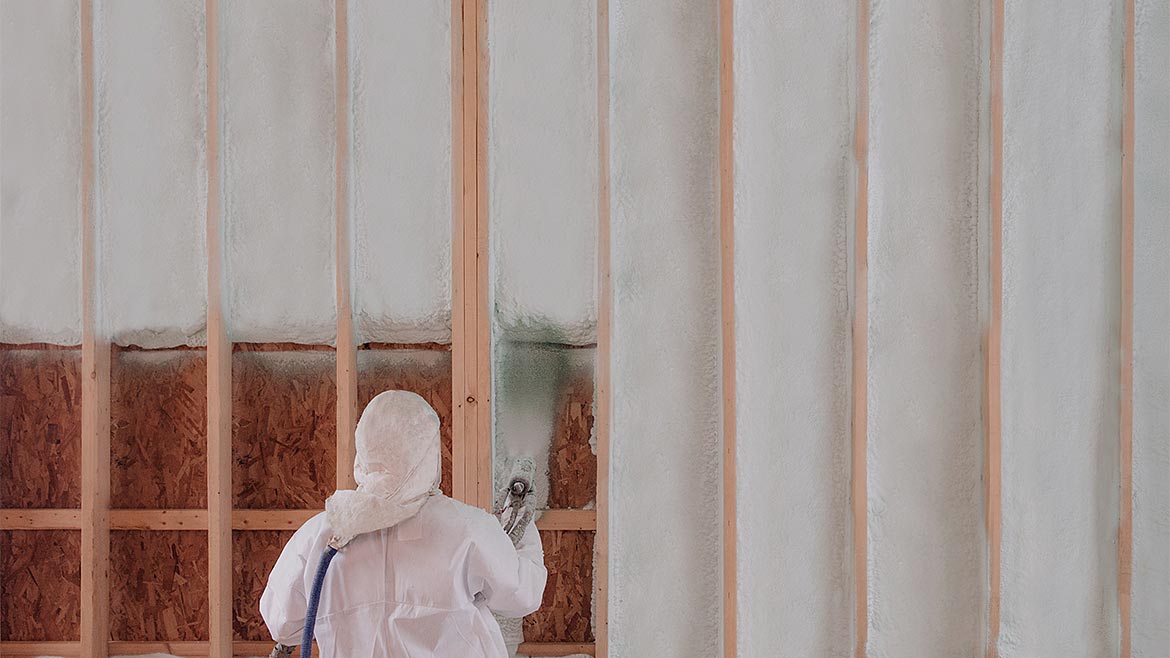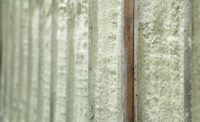The spray foam industry is alive and well. Clearly, construction projects and contractors in our industry have been somewhat impacted over the past couple of years by elevated inflation and interest rates, as well as other dynamics impacting the larger economy. But spray foam projects have gained momentum despite it all. Now, with inflation much more under control and incremental interest rate cuts expected to be forthcoming in 2024, signs are overarchingly positive for spray foamers.
Two things are likely to enhance demand for spray foam insulation this year. The first is the expectation that construction of new homes will pick-up. Moderate growth in new construction starts is anticipated, especially as we reach mid-year. New housing is desperately needed to meet demand and homebuilder confidence is growing in anticipation of interest rate cuts.
Secondly, spray foam use is likely to grow as the general agenda surrounding energy efficiency, resiliency and the need for high-performance solutions expands. Climate change and the ever-increasing frequency of severe weather events are two serious issues that call for a higher-performing building envelope. Better insulation and roofing solutions that reduce energy consumption and simultaneously improve the ability of homes and structures to withstand storms and disasters are needed. Spray foam is an ideal solution to deliver an enhanced building envelope performance.



Slow Motion
Activity in the spray foam retrofit marketplace has been slower than anticipated but should improve. Many expected that the Inflation Reduction Act’s 25C Energy Efficient Home Improvement Tax Credit, which provides homeowners with a tax incentive for investing in certain energy-efficient retrofits (including those involving spray foam insulation), would spur an increase in retrofit work in 2023. While that didn’t occur to the degree forecasted, many believe 2024 will be different. With interest rates elevated and for-sale housing more expensive over the past couple years, many homeowners stayed in place. In turn, they grew the equity in their existing homes. This equity provides extra funds for enhancement projects, including those which lower energy consumption and bills and create a more comfortable living environment.
Still, there are challenges on the horizon. For spray foam, some will come in the form of potential regulations and legislation. Europe, a region that is often a leading indicator for future U.S. regulations, is enacting legislation that could impact blowing agents and fire retardants in the years to come. This could lead to additional changes to closed and open cell technology and continues to threaten the industry without viable alternatives to today’s solutions.
Additionally, we’ve entered a new legislative season in the United States. In this country, a lot of requirements surrounding the construction and performance of the building envelope are driven at the state level. At any given time, there are bills being proposed in various states that either harm or help the spray foam industry. Any one of these bills passing could directly impact a contractor’s livelihood, particularly when the bill in question is harmful to spray foam. Thus, manufacturers and contractors need to come together to strengthen the industry’s voice to ensure that spray foam remains an available option to customers, no matter what state.
Labor Lacking
Another challenge for contractors is the ongoing skilled labor shortage. The aging workforce is a contributor, compounded by the construction trades falling short in attracting the new generation through effective marketing that highlights the long-term opportunities within the sector. Engagement at high schools, community colleges, and even with those exiting the military in search of new career opportunities, are all great avenues our industry should participate in.
Equally important to helping the issue is the education and certification of existing industry talent. Manufacturers of quality spray foam products offer training programs serving both new and seasoned installers alike. The Spray Polyurethane Foam Alliance provides the Professional Certification Program, which helps ensure health and safety on the job, as well as product performance and customer confidence. Contractors should be taking full advantage of these offerings as they are essential on the path to professionalism.
Finally, if the economy fall short of achieving the soft landing everyone is hoping for this year, the result could be challenging for contractors in spray foam. Should this occur, it will be essential everyone ratchet up their efforts to share the benefits of spray foam with customers in their local markets where they conduct business. Marketing is key regardless of what’s happening with the economy. Diversification, such as into other related fields (coatings are a promising area, for example), could help contractors weather the storm. Finally, it’s always ideal to align with a leading manufacturer that offers consistency in product performance, ongoing education and technical support, and that invests in its contractor partners as well as the industry at-large. Hopefully, we will get that soft landing, but these pointers can benefit all contractors under all market conditions.




